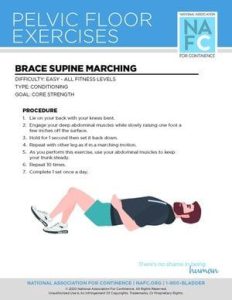Interval fasting – fasting phases alternating with food windows

Intermittent fasting
Intermittent fasting is a dietary approach that alternates periods of fasting with windows of eating. Intermittent fasting is divided into two phases – phases of normal eating and phases of complete fasting.
This is completely without calorie intake and food intake (coffee, water and tea may and should remain on the menu).
Health benefits of interval fasting
Probably the most common goal with this periodic fasting is weight loss. Intermittent fasting reduces the number of calories, which leads to weight loss.
A very popular method is the 5:2 diet interval fasting, where you eat only a reduced number of calories on 2 days of the weeks. This nourishing beginning brings however apart from the weight reduction also still further important advantages with itself.
Among the potential health benefits of alternate fasting are:
- an increased lifespan,
- lower risk of diabetes 2,
- better brain performance in old age,
- and a lower incidence of cancer.
(Note: The health benefits have been established mainly on animal studies conducted)
There are many different implementation models for interval fasting. Below I present you the most popular versions.
One day fasting, one day eating
you can eat what you want and still lose weight. The „10 in 2“method is constructed according to this basic idea. One may eat, which one wants – in a day. The next is fasted. Then the whole thing starts again from the beginning.
Intermittent fasting 5 to 2
This is also a variant where you can eat what you want. But only 5 days a week. You have to fast on 2 days.
Leangains or 16:8 rhythm
This is another method often used by bodybuilders. Here, you simply skip breakfast and after a 16-hour fasting window (counting sleep), you eat in an 8-hour window This is repeated every day.
Why interval fasting works
It is known that many small meals spread throughout the day are not helpful when trying to lose weight. The reason is that the body is constantly busy with the metabolism of the new food.
The fewer the meals and the longer the breaks between meals, the more time the body has to process the absorbed substances.
With a majority of the weight-reducing diets the calorie admission is lowered daily around 15-60% of the actual energy need.
This is not sustainable in the long run.
Intermittent fasting, on the other hand, reduces the calorie intake only on individual days, while on the days in between, the daily energy requirement is completely covered.
Over the week one receives thereby a calorie deficit, which leads to a weight reduction.
For some dieters this method represents an easier to follow diet plan
Conclusion: Intermittent fasting is interesting and effective, but also not suitable for everyone
Intermittent fasting is an effective form of nutrition to reduce the body fat percentage.
Due to the fasting phase, the insulin level is at a constantly low level and fat burning is active. In this time above all the stored fat is attacked.
For most humans it is however at first unusual over a longer period on food to do without. From childhood one was used to take three large meals and small snacks to itself.
Therefore, especially at the beginning of a fasting diet, the feeling of hunger can take some getting used to. There can be, at least in the first weeks, concomitant symptoms such as headache and freezing.






